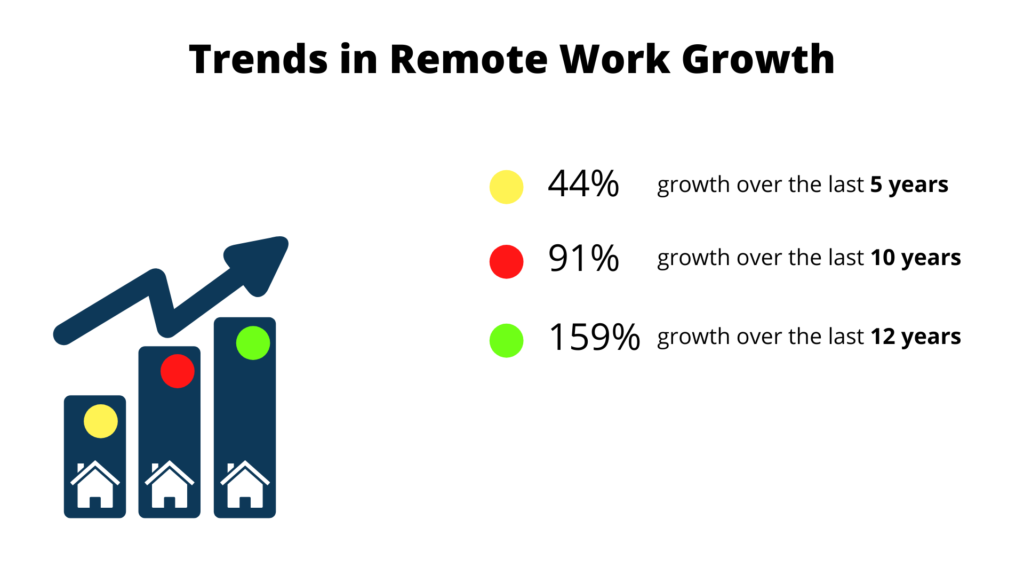The adoption of remote work has reshaped the dynamics of the modern workplace, and one of the most notable outcomes has been a surprising surge in productivity. Contrary to initial skepticism, numerous studies and real-world examples now attest to the fact that employees working remotely often exhibit increased levels of productivity. In this article, we delve into the factors contributing to this productivity boost and its implications for the future of work.

- Flexibility Breeds Efficiency:
One of the primary drivers of increased productivity in remote work is the newfound flexibility it affords to employees. Liberated from the rigid 9-to-5 schedule and the constraints of a physical office, remote workers can tailor their work hours to align with their natural energy peaks. This flexibility allows for a more efficient use of time, with individuals choosing to work during periods when they are most focused and productive.
- Elimination of Commuting Stress:
The elimination of daily commutes is a significant contributor to heightened productivity. Commuting can be a major source of stress and fatigue for employees, sapping valuable time and energy. Remote work eliminates this stress factor, providing individuals with more time for work, personal development, or simply relaxation, resulting in a more energized and focused workforce.
- Personalized Work Environments:
Remote work empowers individuals to create personalized work environments tailored to their preferences. Whether it’s a quiet home office, a cozy corner in a café, or a shared co-working space, employees can choose settings that optimize their comfort and concentration. A comfortable and personalized workspace is conducive to improved focus and creativity, contributing to overall productivity.
- Leveraging Technology for Efficiency:
Advancements in technology have played a pivotal role in facilitating increased productivity in remote work. Collaboration tools, project management platforms, and video conferencing applications have become essential components of the remote work toolkit. These tools streamline communication, enhance collaboration, and provide a seamless workflow, overcoming traditional barriers associated with physical distance.
- Autonomy and Empowerment:
Remote work fosters a sense of autonomy and empowerment among employees. Trusting individuals to manage their own schedules and deliverables can result in a heightened sense of responsibility and accountability. This autonomy, coupled with the flexibility to structure one’s workday, often leads to a more engaged and motivated workforce, translating into increased productivity.
- Reduced Distractions:
While remote work does present its own set of potential distractions, many individuals find that they can create a more focused and distraction-free environment compared to a bustling office. With the ability to control their surroundings, remote workers can minimize interruptions, allowing for sustained periods of deep work and enhanced productivity.
Conclusion:
The increased productivity observed in remote work challenges conventional notions about the need for a physical office to drive efficiency. As organizations continue to embrace remote work, understanding the factors contributing to this productivity surge becomes crucial. By leveraging flexibility, eliminating commuting stress, embracing technology, and fostering a sense of autonomy, companies can harness the full potential of remote work, creating a future where productivity is not confined by the walls of a traditional office.